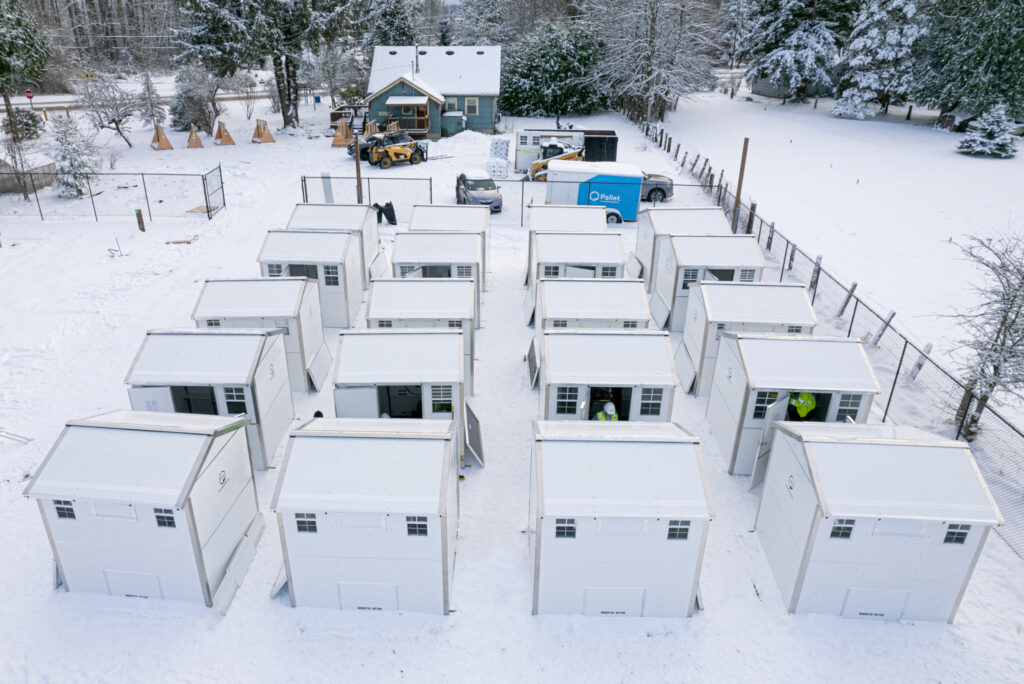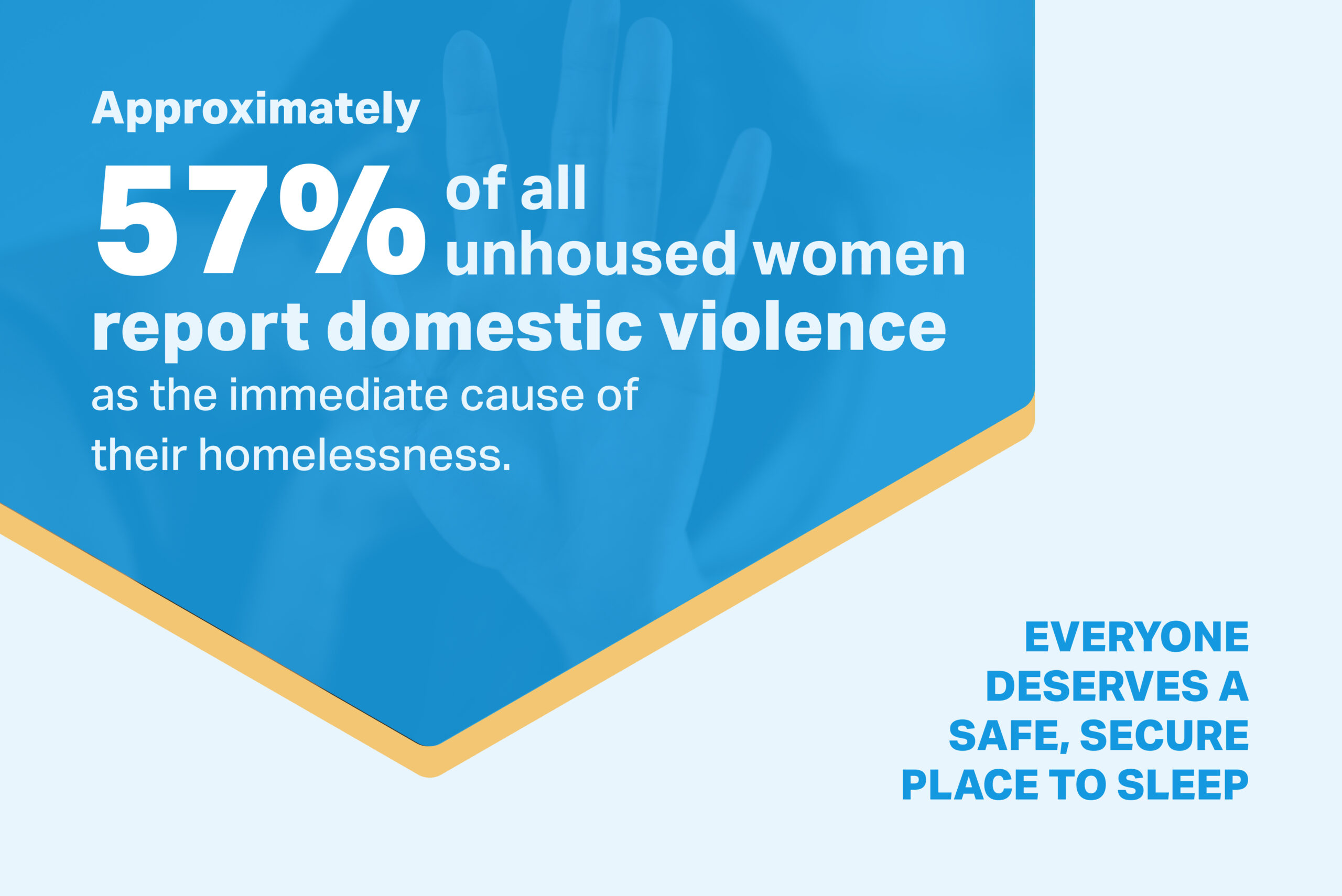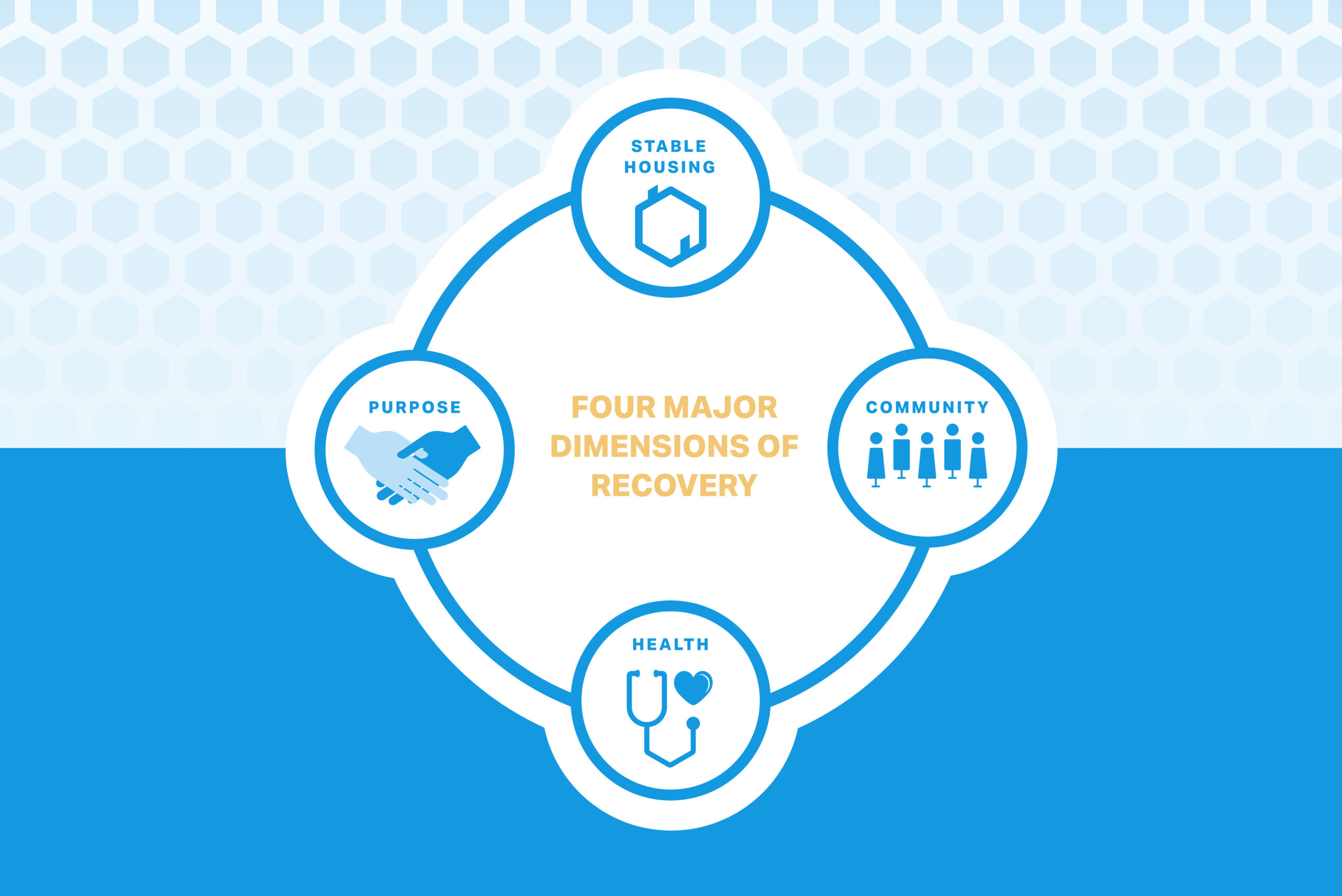6 Impacts of Homelessness Unique to Indigenous Communities
January 9, 2023

By Adrienne Schofhauser
“Native people were never homeless before 1492.”
It’s a poignant reminder from the Chief Seattle Club, a Native-led housing and human services agency in the city. In Seattle, Native people are seven times more likely than white people to be experiencing homelessness. While these rates are higher than most of the country, they represent a crisis that’s happening nationwide.
Decades of atrocities against Native people have produced a harsh reality: Today American Indians/Alaska Natives experience the second highest rate of homelessness in the U.S., according to the latest Annual Homelessness Assessment Report by the National Alliance to End Homelessness. As of 2019, Native Americans account for approximately 1.5% of North America’s population, yet they make up more than 10% of the homeless population nationally, according to the HUD report.

The reasons for these disparities are complex, but like many ethnic injustices in America, they’re rooted in the historical traumas uniquely experienced by these populations. Policies set up by the U.S. government to assimilate Native people had lasting impacts, and led to deep mistrust of agencies and resources.
It’s easy to assume the federal government’s partnerships with the Tribes would provide sufficient funding to right these wrongs. But the system is outdated and vastly underfunded. Largely due to this, nearly 80% of Native people no longer live on reservations. These impacts leave many Native people feeling caught between two worlds—with no sense of belonging in either.

Historical traumas
Actions by the federal government such the Indian Removal Act of 1830 and the forced assimilation of tens of thousands of Native children through boarding schools in the late 19th century may feel as though they’re part of a bygone era. But the traumas experienced by those who endured them have been passed down through generations of Native people.
In the boarding schools, Native children were stripped of their connections to their culture, forced to lose their language and traditions. They endured mental, physical and sexual abuses. These traumas had long-lasting, multigenerational impacts, creating personal scenarios in which it’s hard to seek help, trust authorities and systems, and ultimately establish stable housing.
The Chief Seattle Club said it sees first-hand how many Native people who walk through their doors still experience a “deep longing” for connections to their culture and traditions.
Mistrust in government agencies
These historical traumas carried in the bodies and minds of Native people through the generations have created a great mistrust of government agencies. The results are damaging: Even when assistance is available, few Native people may take advantage of those resources. According to Point-in-Time data, Native people access housing shelters at a lower rate than any other demographic.
When Native people do seek resources such as housing and employment, systemic and cultural barriers—such as implicit bias and lack of respect or understanding of cultural differences by people involved in the process—present big hurdles to securing that next step toward housing and financial stability.
In other words, when Native people take the initiative to push beyond their ingrained mistrust, they’re often met with an even higher hurdle—society’s historically negative perception of people who have endured unacknowledged hardships and harms.
Low counts lead to a lack of federal funding
Native Americans experiencing homelessness are severely undercounted in U.S. data. Certainly, mistrust in government agencies is one reason—when Native people don’t access resources, advocate services can’t generate reliable data. Another reason is simply their small population size, which makes it hard for homeless services and the U.S. Census to identify them.
The consequences of low and inaccurate counts can be devastating. Federal and other types of funding are tied to these numbers. Public policies are built around them. When Native people aren’t represented in the data—rendering them essentially invisible—public policies simply can’t address their needs.
This plays out on tribal lands, where 23% of American Indian/Alaska Native households have incomes less than 50 percent of the federal poverty line. “Tribal nations rely on the U.S. Census Bureau to make sure that the count for Indian Country is accurate and complete to ensure proper representation and redistricting, equitable federal funding decisions and formulas, and access to accurate census data for local tribal governance,” Kevin J. Allis told a Congressional panel in 2020.

The reality is, the Indian Housing Block Grant (IHBG) funding, which provides affordable housing activities on reservations and Indian lands, has remained relatively stagnant since 1998. Meanwhile, inflation has eaten away at the value of those dollars. Additionally, the Native population living on tribal lands has increased over the last two decades. Because funding has not kept pace, services like housing assistance have suffered significantly.
Unfortunately, the negative consequences of these impacts can be highly masked on tribal lands. That’s because of a practice called “doubling up.”
Doubling up masks literal homelessness
Family members on tribal lands often provide shelter to friends and extended family lacking access to housing. Because of this, homelessness doesn’t so much take the form of individuals sleeping on the street as it does in doubling up. Individuals move from one overcrowded home to the next, a direct result of lack of affordable housing, which in turn, is the consequence of inadequate funding.

According to the U.S. Housing and Urban Development, between 42,000 and 85,000 Native Americans on tribal lands experience homelessness. Yet literal homelessness—that is, sleeping outside, in an emergency shelter or some place not meant for human habitation—is far less common. This is compounded by the fact that designated homeless services are also less common in tribal areas.
These circumstances have pushed many to seek opportunities off the reservations. But this comes with its own harsh realities.
Caught between two worlds
Having a credit history or understanding how to get an ID card are elements of everyday life in America. But for Native people migrating away from the reservation, these fundamentals can present major barriers to the first steps in applying for a job and establishing an economic foothold.
Additionally, mistrust and social discrimination continue to factor into their personal journeys.

Roughly eight out of 10 American Indians do not live on reservations. Yet very little federal funding is directed specifically toward them. Tribal governments usually allocate the funds they do get for life on the reservation. This leaves many Native people feeling caught between urban life and their reservation–or rather, abandoned by both.
Loss of spiritual connection
The major impacts of homelessness are felt across populations, from hazardous environmental exposure to safety risks, such as theft and murder. But unhoused Native people also face racial discrimination and a loss of connection to their culture and spiritual traditions.
Living on the streets makes it hard or impossible to practice their healing ways. Oftentimes, shelters and advocates aren’t knowledgeable about Native cultural issues. Nationwide, there’s a shortage of culturally competent outreach, which is key to engendering trust with unhoused Native people.
However, resources that are designed specifically for Native people are finding success. “We know that when our community gets culturally competent services, by Native people for Native people, the services are going to stick,” Janeen Comenote, founding executive director of the National Urban Indian Family Coalition, told Bloomberg.
If more resources address the challenges unhoused Native people face, the effects would literally be life-saving. According to New Mexico In Depth, the average age of death for unhoused white people is 45.6 years old. For unhoused Native people, it’s 37.5. And for Native women, it’s only 35.3.
Those are staggering numbers that hit us at the core here at Pallet. They’re proof that creative solutions are desperately needed.
We’re proud to be building a village on the Tulalip Tribal Reservation in Washington state; it’s our 100th village built. The Tulalip Tribe will run it with the ability to provide culturally appropriate resources. It’s an example of a solution personalized to its community. We know there’s no one-size-fits all approach to solving the homelessness crisis. But when advocates can create an ecosystem of support for reintegration–such as the Tulalip Tribe with these shelters—there’s potential for great progress to happen.


